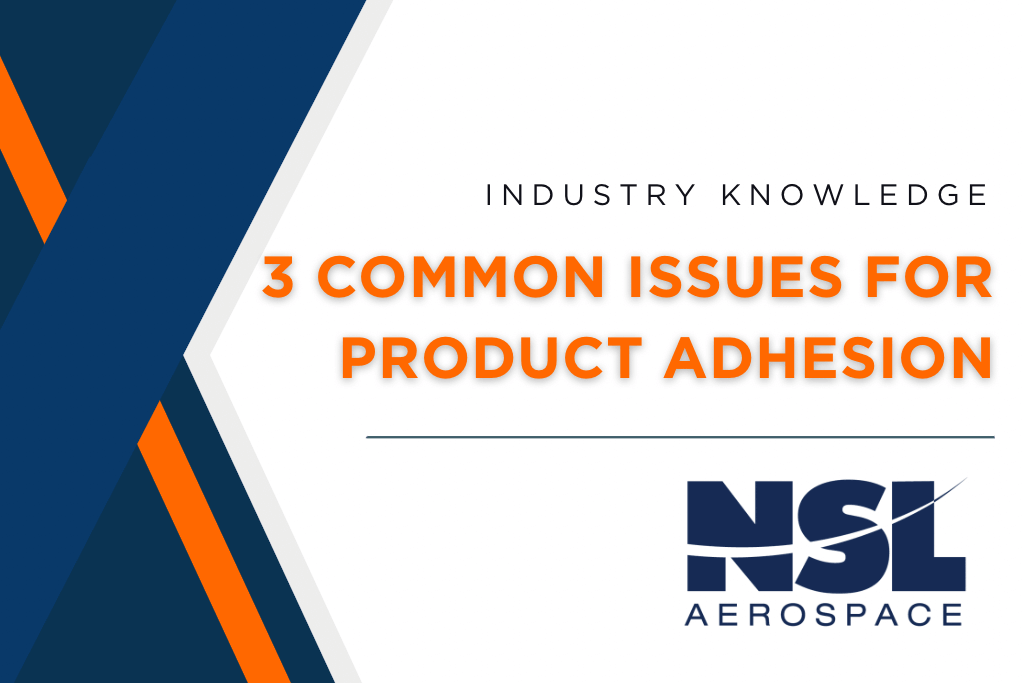
When you prepare a surface before applying a sealant, you set yourself up for success. A properly prepped surface can save you the time of waiting for a cure, finding a poor seal, and having to strip the sealant and start over.
Here are three of the common questions we have heard over the years from customers who are having issues with adhesion. First, if they're working with a two-part sealant, we ensure that they have thoroughly mixed the catalyst and base until achieving a uniform color. Second, we confirm that they've allowed the correct amount of time for curing. Then we ask if any of the below scenarios could have been possible:
- A damp surface
- Contaminants on the surface
- Incompatible surface cleaners
If they could be true, here are the solutions we offer:
- A damp surface: in order for a sealant to adhere properly, the surface needs to be completely dry.
- Contaminants on the surface: any dust, dirt, oils, or other substances can impair the adhesion between the sealant and the surface to which it's being applied
- Surface cleaners: when using any surface cleaner, you want to be sure that the chemical compound does not interfere with adhesion. But how do you figure that out? The first place to look is the manufacturer's technical data sheet. If it's not clear, you can refer to a maintenance manual, reach out to the manufacturer, or look for online resources.
Feel free to reach out for clarification about preparing a surface for sealant application. We're here for you.
